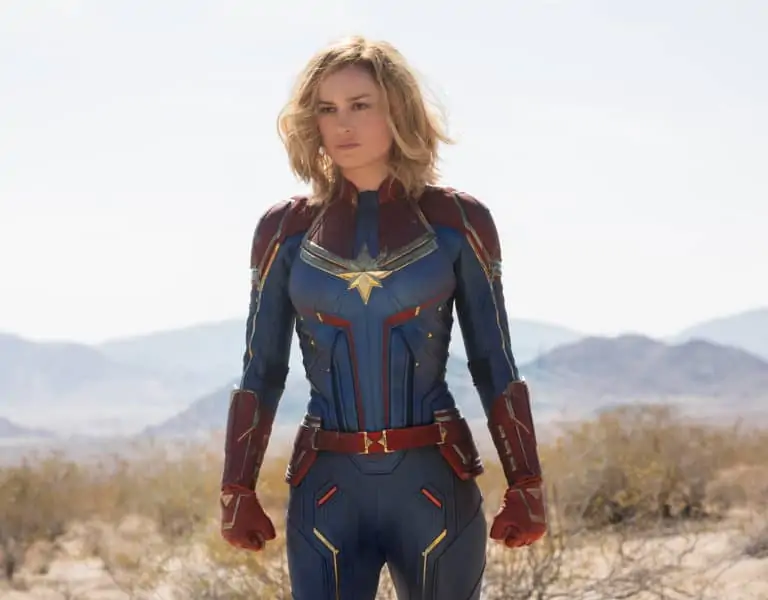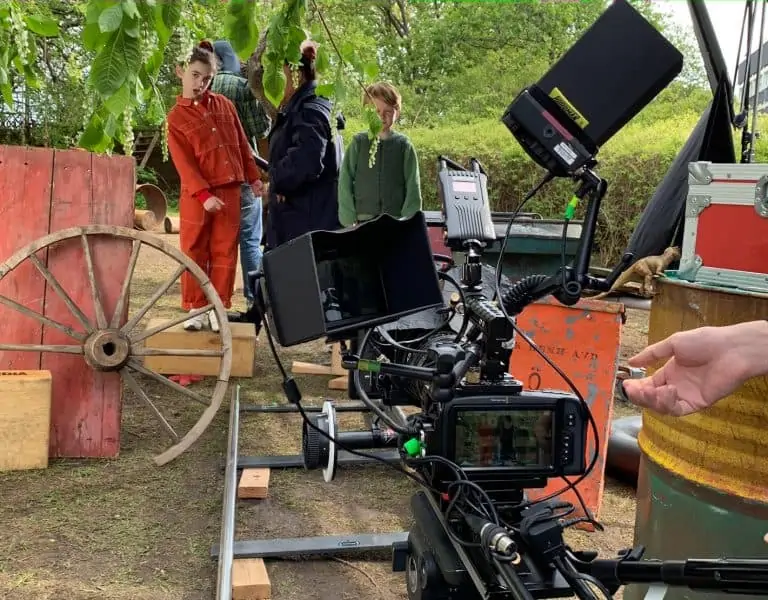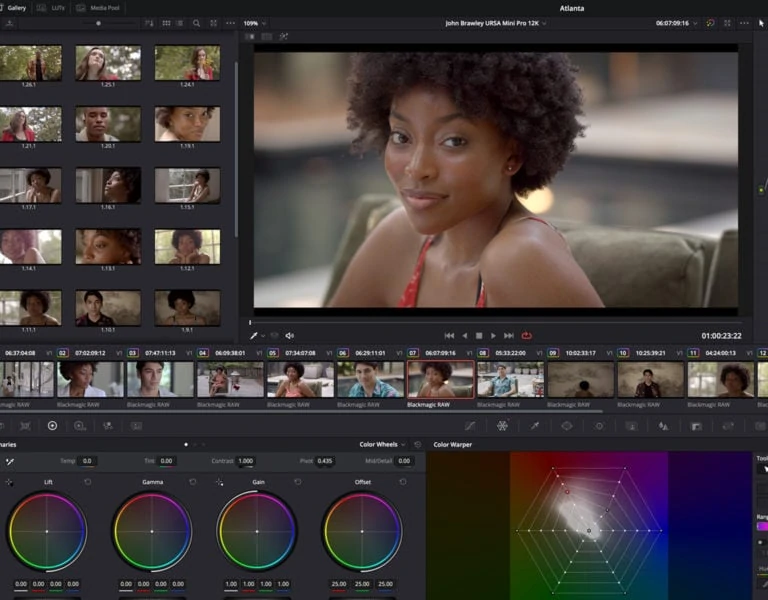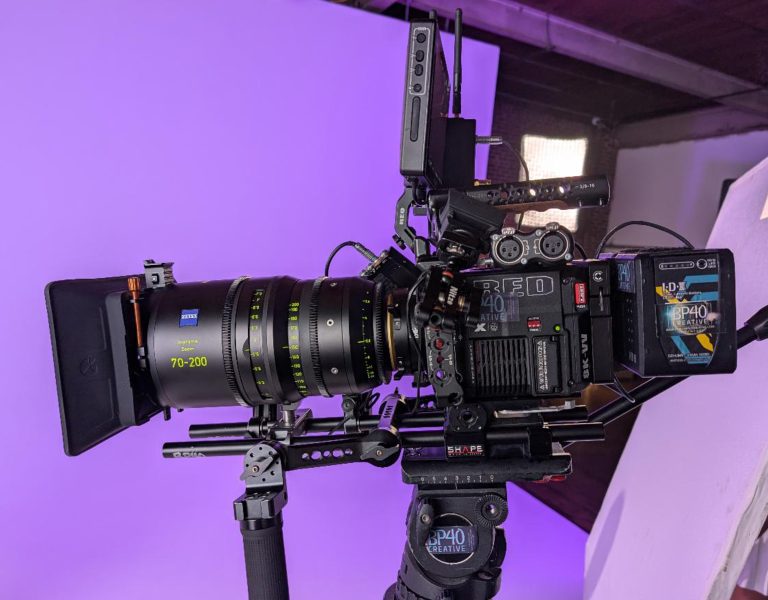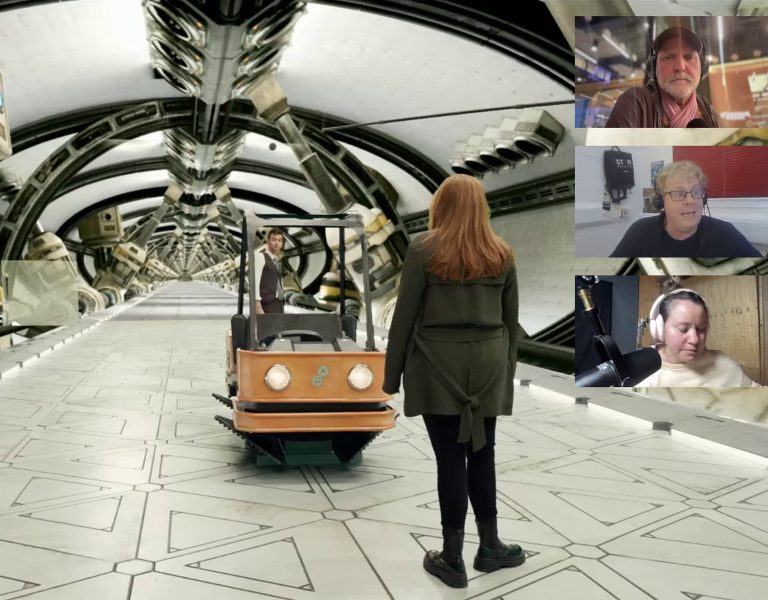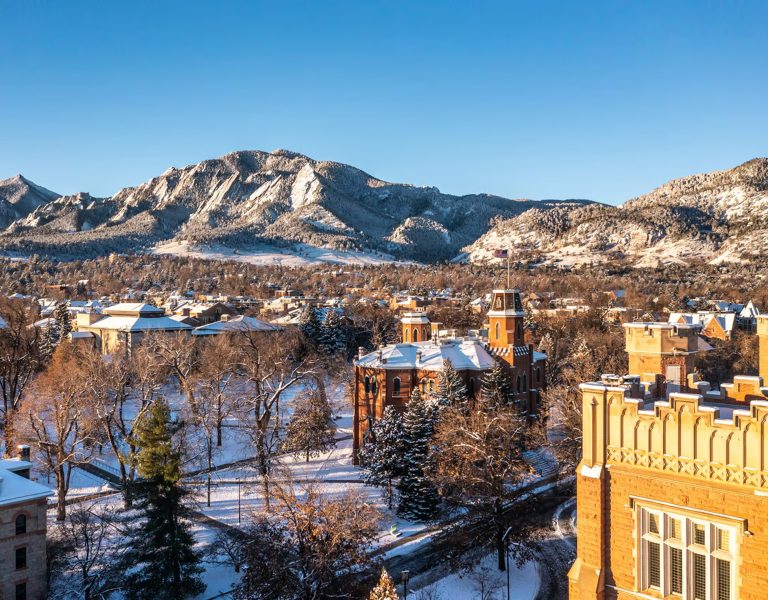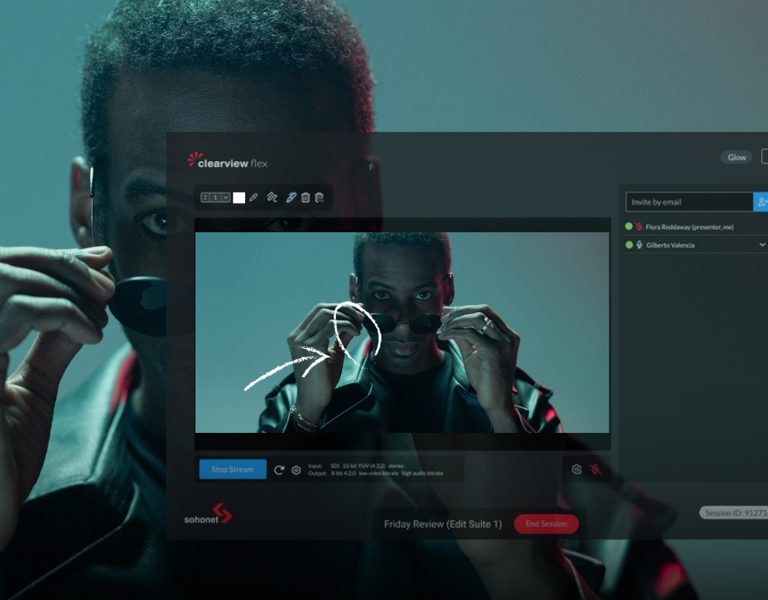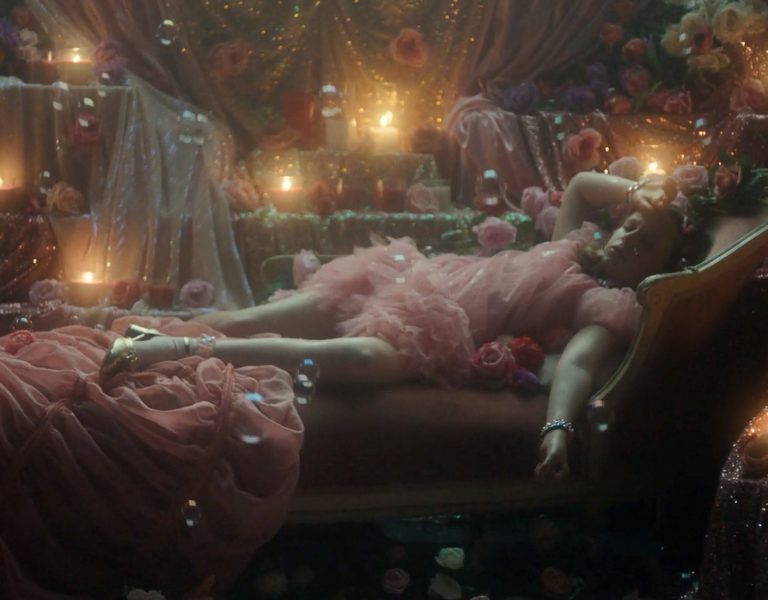DP Sam Renton used Blackmagic Micro Cinema Cameras to help capture detail and action shots on the second drama series of The Durrells, written by acclaimed screenwriter Simon Nye and produced by Sid Gentle Films Ltd.
Directed by Steve Barron, The Durrells is an ITV drama series based on Gerald Durrell’s autobiographical trilogy about the time he and his family lived in Corfu between 1935 and 1939.
With a desire to capture as many interesting angles and detailed shots as possible, Barron and Renton sought out a small production-orientated camera they could use as third and fourth angles.
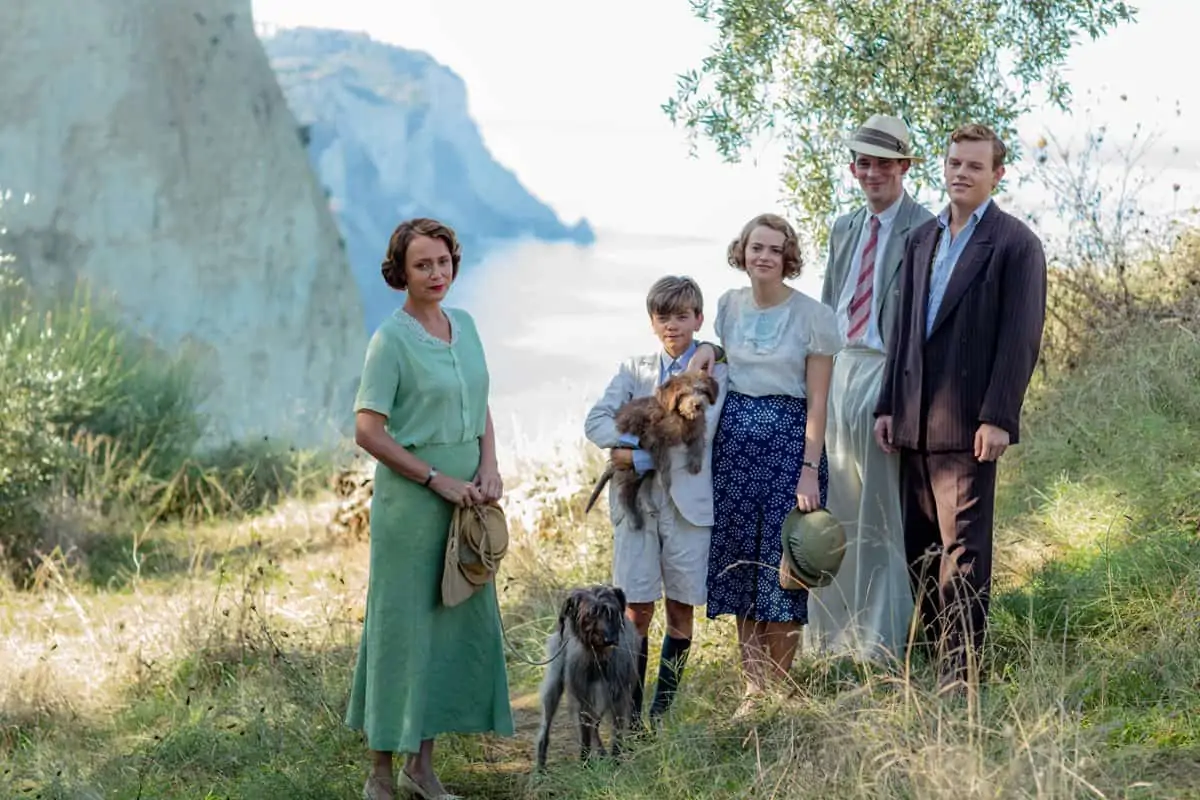
“The quality of the acting, writing and production design on a drama like this demands that we try and cover each scene as thoroughly as possible,” reflected Renton. “With a tight production schedule, the Micro Cinema Camera allowed us to quickly grab another angle that we otherwise may not have had the time to get.
“The interchangeable lens mount, alongside the fact we could control our focal length, allowed us to shoot in a very similar style to our other camera,” he continued. “We could rig one up and leave it running, maybe even in time lapse and what we got was useful cutaway material that was a level above anything we’d been able to achieve in the previous series. It matched up seamlessly.”
For Barron and Renton, it was all about obtaining moments that they wouldn’t have otherwise captured, and putting cameras in places they would never have done so before because of its size.
“One example of that is an olive press operated, as they were in the 1930s, by a donkey,” explained Renton. “We wanted a close-up shot of the grinding wheel crushing olives and the only way to get that was to rig a Micro Cinema Camera off the rotating arm and get a shot down. It was more of a detail thing, but it’s those moments that help to engage audiences.”
He also remembers a crucial moment when the Blackmagic Micro Cinema Camera delivered. “I was handheld in the back of our action car, shooting a close-up with our main camera, but with no time left to rig a second. I grabbed a Micro Cinema Camera and clamped it to the vehicle and snatched a profile two-shot of the guys in front, which would have taken too long to rig with our main camera. As it was, we did it in five minutes with the Micro Cinema Camera, and we got two shots for the price of one.”
Renton was a particular fan of the camera’s natural image quality, and the fact that he didn’t have to worry where any of the material originated from during post production.
“The sensor offers plenty of latitude, and we captured all that dynamic range by recording in CinemaDNG RAW. We were even able to ND down to a similar level as our other cameras so that depth-of-field was continuous. In the DI, we found the RAW was incredibly easy to work with when matching everything. The Micro Cinema Camera is so intuitive, and it allowed us to get into a position as part of the story where we might not otherwise have been able to get to.”





